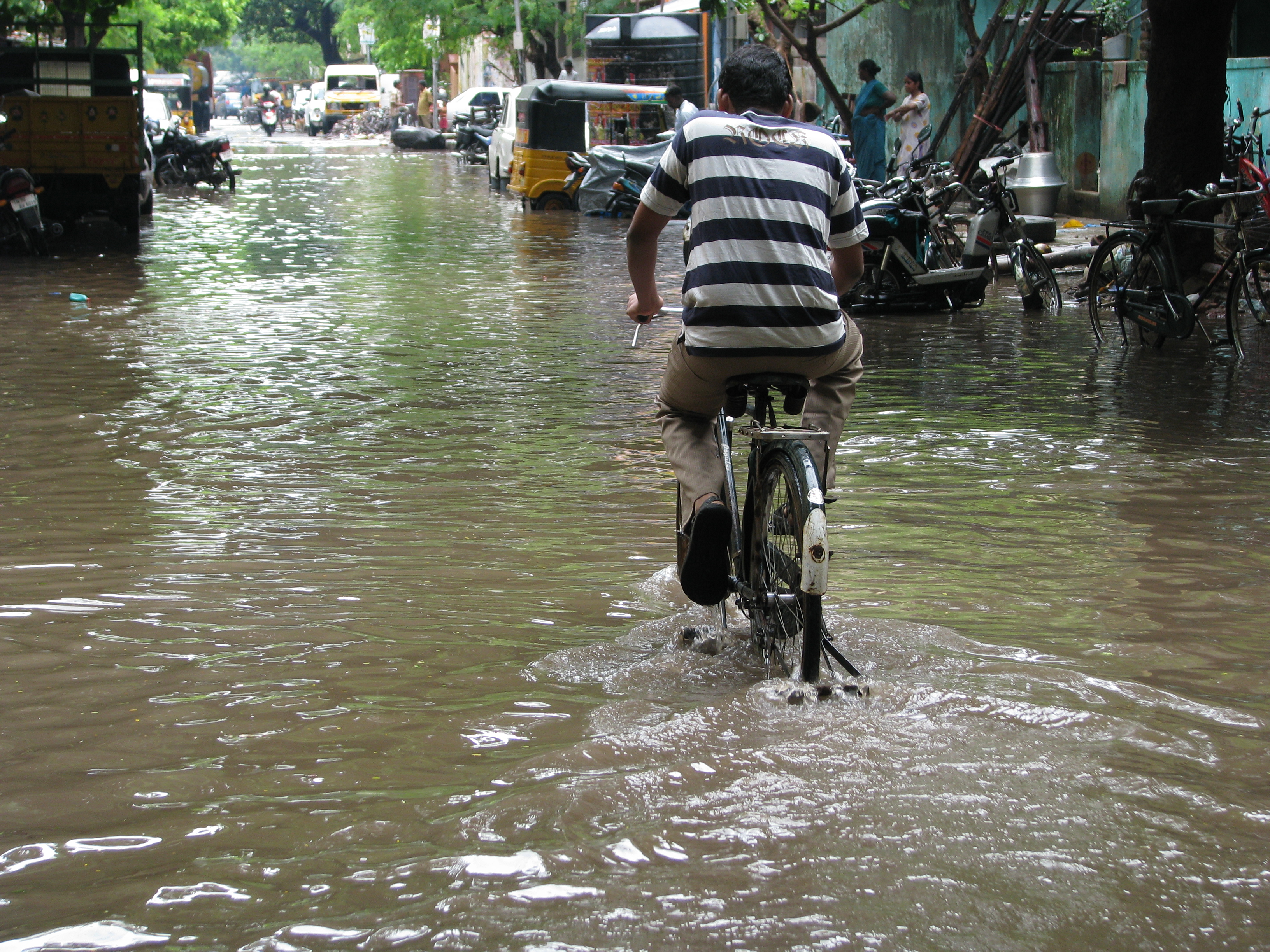 Regular readers of The Daily Reckoning would know that I am not a great believer in the repo rate cuts leading to an increase in home buying and as well as consumption, with people borrowing and spending more, at lower interest rates. Repo rate is the rate at which the Reserve Bank of India (RBI) lends to banks and acts as a sort of a benchmark to the interest rates that banks pay for their deposits and in turn charge on their loans.
Regular readers of The Daily Reckoning would know that I am not a great believer in the repo rate cuts leading to an increase in home buying and as well as consumption, with people borrowing and spending more, at lower interest rates. Repo rate is the rate at which the Reserve Bank of India (RBI) lends to banks and acts as a sort of a benchmark to the interest rates that banks pay for their deposits and in turn charge on their loans.
A basic reason is that the difference in EMIs after the rate cut is not significant enough to prod people to borrow and buy things. Further, they should be able to afford paying the EMI in the first place, which many of them can’t these days, at least when it comes to home loan EMIs.
These reasons apart there is another problem, which the mainstream media doesn’t talk about enough. All they seem to come up with are fancy tables on how interest rates and EMIs are going to fall and how this is going to revive the economy. And how acche din are almost here. Now only if it was as simple as that.
A cut in the repo rate is not translated into exact cuts in bank lending rates. After any repo rate cut, banks quickly cut their deposit rates. They cut their lending rates as well, but not by the same quantum.
As a recent study carried out by India Ratings and Research points out: “In the recent policy cycle, RBI has cut policy rates since January 2015 by a cumulative 125 basis points, banks have cut one year deposit rates by an average 130 basis points and lending by 50 basis points, which includes the base rate cuts in the last one week. Base rate is the rate below which a bank cannot lend. In the last 18 months three-month commercial paper and certificate of deposit rates have fallen by 150 basis points. Thus transmission of policy rates has been more through market rates and banks deposit rates in the last one year.” One basis point is one hundredth of a percentage.
In an ideal world, a 125 basis points cut in the repo rate by the RBI should have led to a 125 basis points cut in the lending as well as deposit rates. But that doesn’t seem to have happened. While the one-year deposit rates have been cut by 130 basis points, the lending rates have gone down by just 50 basis points.
And this is a trend which is not just limited to the current spate of rate cuts by the RBI. This is how things have played out in the past as well. As Crisil Research had pointed out in a report released in February 2015: “Lending rates show upward flexibility during monetary tightening but downward rigidity during easing. Between 2002 and 2004, while the policy rate declined by 200 basis points, lending rates dropped by just 90-100 basis points. Conversely, in 2011-12, when the policy rate rose by 170 basis points, lending rates surged 150 basis points.”
So, the point being that when the RBI starts to raise the repo rate, banks are quick to pass on the rate increase to their borrowers, but the vice-versa is not true.
As India Ratings and Research points out: “The policy cycle is being used by banks to their advantage. A study of the last 10 years shows, that in most cases when policy rates have reduced, deposit rates have comedown faster and the quantum has also been higher compared to lending rates. The same was also true when policy rates were hiked, where lending rates went up and the quantum was also higher compared to deposit rates.”
Also, this time around banks have been quick to cut their base rates, the minimum interest rate a bank charges its customers, after the RBI cut the repo rate by 50 basis points to 6.75%, in September. Having cut their base rates, banks have increased their spreads, and negated the cut in base rate to some extent.
Take the case of the State bank of India. The country’s largest bank cut its base rate by 40 basis points to 9.3%, in response to RBI cutting the repo rate by 40 basis points.
This meant that the interest rate on home loans should have fallen by 40 basis points as well. Nevertheless, the interest rate on an SBI home loan will fall by only 20 basis points. Why is that? Earlier, the bank gave out home loans to men at five basis points above its base rate (or what is known as the spread). To women, the bank gave out home loans at the base rate. Now it has decided to give out home loans to men at 25 basis points above the base rate. In case of women it is 20 basis points.
Hence, interest rate on a SBI home loan taken by a man will be now be 9.55% (9.3% base rate plus 25 basis points). Earlier, the interest rate was 9.75%. This means a fall in interest rate of 20 basis points only and not 40 basis points, as should have been the case.
ICICI Bank has done something along similar lines as well. And this step has essentially negated the cut in the base rate to some extent.
Further, the public sector banks have a problem of huge bad loans, which are piling on. Given this, they are using this opportunity to ensure that they are able to increase the spread between the interest they charge on their loans and the interest they pay on their deposits. This extra spread will translate into extra profit which can hopefully take care of the bad loans that are piling up.
The bad loans will also limit the ability of banks to cut their lending rates. As Crisil Research points out: “High non-performing assets [NPAs] curb the pace at which benefits of lower policy rate are passed on to borrowers. Data shows periods of high NPAs – such as between 2002 and 2004 (when NPAs were at 8.8% of gross advances) – are accompanied by weaker transmission of policy rate cuts. This time around, NPA levels are not as high as witnessed back then, but still remain in the zone of discomfort.”
Another reason banks often give for not cutting interest rates is the presence of small savings scheme which continue to give high interest when banks are expected to cut interest rates. As India Research and Ratings points out: “In the last decade small saving deposit schemes have offered rates between 8-9.3% unrelated to the up-cycle or down-cycle in policy rates. These rates are also politically sensitive since a bulk of this saving is made by elders, farmers and low income groups. In fact in 2009 when repo rates were at a low of 4.75%, PPF and NSC both continued to offer 8% return and in 2012 when the repo rate moved up to 8.5%, PPF offered 8.8% and NSC offered 8.6% return.”
Nevertheless, this time around banks have cut interest rates on their one year deposits by 130 basis points. This is more than the 125 basis points repo rate cut carried out by the RBI during the course of this year.
A more informed conclusion could have been drawn here if there was data available on the kind of interest rate cuts that banks have carried out on their fixed deposits of five years or more. This would have allowed us to carry out a comparison with small savings scheme which typically tend to attract long term savings.
Long story short—EMIs and interest rates fall more on the front pages of business newspapers than they do in real life.
The column originally appeared on The Daily Reckoning on October 8, 2015


